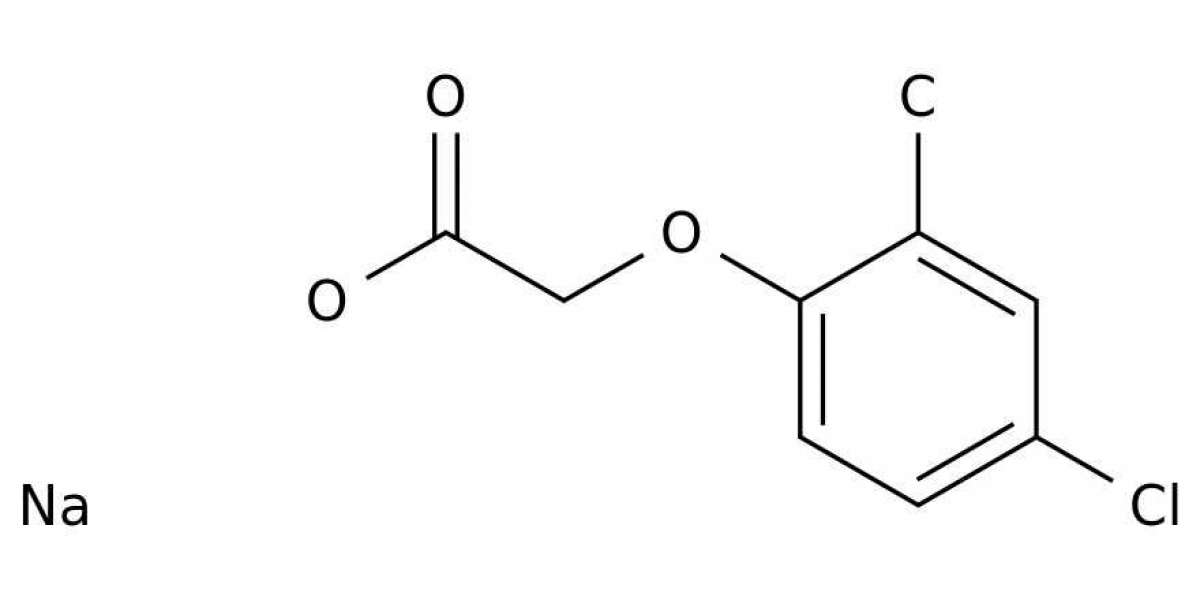What is Methoxone?
Methoxone is a selective herbicide specifically designed to kill weeds without harming crops and is a common active ingredient in both agricultural and domestic herbicide products. Methoxone is widely used for controlling the growth of weeds like the Common Soft Rush, which has flourished in grassland following wet weather periods in recent years. Methoxone does not bind to soil particles so it is prone to leaching, directly into watercourses or via land drains. Once in the water it can take 3-4 weeks to break down without treatment.
Methoxone is a chlorinated benzoic acid derivative. Reacts as a weak acid to neutralize bases, both organic (for example, the amines) and inorganic. May corrode iron, steel, and aluminum parts and containers if moist. Reacts with cyanide salts in the presence of moisture to generate gaseous hydrogen cyanide. May react if moist with sulfites, nitrites, thiosulfates (to give H2S and SO3), dithionites (SO2), to generate flammable and/or toxic gases and heat. Can be oxidized by strong oxidizing agents and reduced by strong reducing agents. These reactions generate heat. A variety of products is possible. Like other acids, may initiate polymerization reactions or catalyze other reactions. is a chlorinated carboxylic acid herbicide. Carboxylic acids donate hydrogen ions if a base is present to accept them. They react in this way with all bases, both organic (for example, the amines) and inorganic. Their reactions with bases, called "neutralizations", are accompanied by the evolution of substantial amounts of heat. Neutralization between an acid and a base produces water plus a salt. Carboxylic acids with six or fewer carbon atoms are freely or moderately soluble in water.
Soluble carboxylic acid dissociate to an extent in water to yield hydrogen ions. The pH of solutions of carboxylic acids is therefore less than 7.0. Carboxylic acids in aqueous solution and liquid or molten carboxylic acids can react with active metals to form gaseous hydrogen and a metal salt. Such reactions occur in principle for solid carboxylic acids as well, but are slow if the solid acid remains dry. Even "insoluble" carboxylic acids may absorb enough water from the air and dissolve sufficiently in it to corrode or dissolve iron, steel, and aluminum parts and containers. Carboxylic acids, like other acids, react with cyanide salts to generate gaseous hydrogen cyanide. The reaction is slower for dry, solid carboxylic acids.
Insoluble carboxylic acids react with solutions of cyanides to cause the release of gaseous hydrogen cyanide. Flammable and/or toxic gases and heat are generated by the reaction of carboxylic acids with diazo compounds, dithiocarbamates, isocyanates, mercaptans, nitrides, and sulfides. Carboxylic acids, especially in aqueous solution, also react with sulfites, nitrites, thiosulfates (to give H2S and SO3), dithionites (SO2), to generate flammable and/or toxic gases and heat. Their reaction with carbonates and bicarbonates generates a harmless gas (carbon dioxide) but still heat. Like other organic compounds, carboxylic acids can be oxidized by strong oxidizing agents and reduced by strong reducing agents. These reactions generate heat. A wide variety of products is possible. Like other acids, carboxylic acids may initiate polymerization reactions; like other acids, they often catalyze (increase the rate of) chemical reactions.




